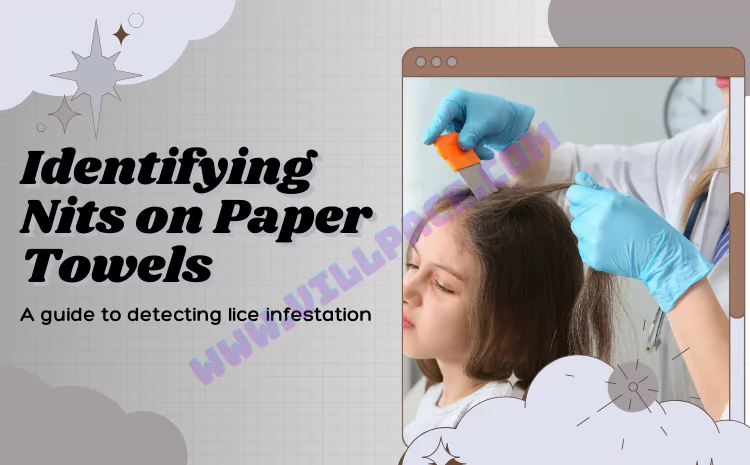Head lice infestations can be a nuisance, especially when it comes to identifying them and effectively treating them. Nits, or lice eggs, are often mistaken for other particles like dandruff. This comprehensive guide will help you understand what nits and lice look like, where to find them, and how to get rid of them. If you want to protect your family from these pesky parasites, keep reading.
What Are Nits and Lice?
Nits, commonly known as lice eggs, are tiny, oval-shaped eggs that attach firmly to hair strands, close to the scalp. They are often confused with other particles like dandruff due to their size and appearance. The life cycle of head lice includes the development of nits, nymphs, and adult lice. Adult lice are much larger and can be identified by their movements, while nits are stationary and firmly attached to the hair.
Identifying Nits on Hair Strands
Nits are usually found close to the scalp, and they attach themselves to hair strands. This makes them more noticeable when inspecting hair. However, individuals with long hair may find it challenging to spot them, as they can be distributed along the entire hair length. To identify nits, you can use a fine-toothed lice comb to part the hair and closely examine the strands for tiny, oval-shaped eggs.
Nits on Paper Towels and Other Surfaces
When individuals suspect a lice infestation, they often check for nits by placing them on a white paper towel. Nits are firmly attached to the hair, but they can sometimes be dislodged and fall onto a surface like a paper towel. Understanding how nits look on paper towels can help you confirm the presence of lice and eggs. Nits are small, white or yellowish, and can be mistaken for dandruff.
Checking for Lice: Signs and Symptoms
In addition to identifying nits, it’s essential to be aware of other signs and symptoms of a lice infestation. Common indicators include itching, redness, and tiny red bumps on the scalp. Seeking professional lice treatment may be necessary if the infestation is severe or if you suspect the presence of super lice, which are resistant to over-the-counter treatments.
Home Lice Treatment: Getting Rid of Nits and Lice
Effective home remedies for lice treatment include using lice shampoo and various over-the-counter treatments. These treatments are designed to eliminate lice and their eggs from the hair. It’s crucial to follow the instructions carefully to ensure success in eradicating the infestation.
Professional Lice Treatment: When to Seek Help
Professional lice treatment is recommended in cases where home remedies are not effective or when a severe infestation is present. Lice clinics specialize in removing lice and nits from the hair using specialized techniques and products. Professional lice treatment ensures thorough removal and prevents reinfestation.
Preventing Lice Infestations
Preventing lice infestations is essential, especially for families with children in close-contact environments. Tips for prevention include avoiding head-to-head contact, not sharing personal items, and regularly inspecting hair for signs of lice. If you suspect a lice infestation, it’s crucial to seek prompt lice treatment to prevent the spread of these pesky parasites.
Conclusion
Understanding what nits and lice look like is crucial for identifying and effectively treating lice infestations. Whether you’re inspecting hair strands, examining nits on a paper towels, or seeking home or professional lice treatment, this guide provides the information you need to protect your family from these persistent pests. Remember to take preventative measures to keep lice at bay and maintain good hair hygiene to minimize the risk of infestations.

Mark Thompson, a seasoned pest controller, is renowned for his expertise in keeping homes and businesses free from unwanted intruders. With a passion for environmental sustainability and a deep understanding of pest behavior, Mark has become a trusted authority in the industry.
